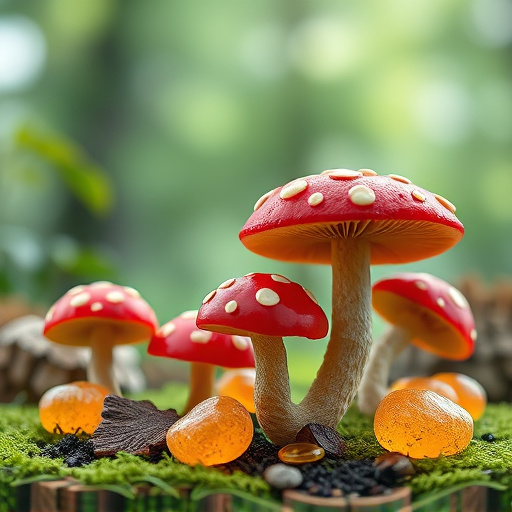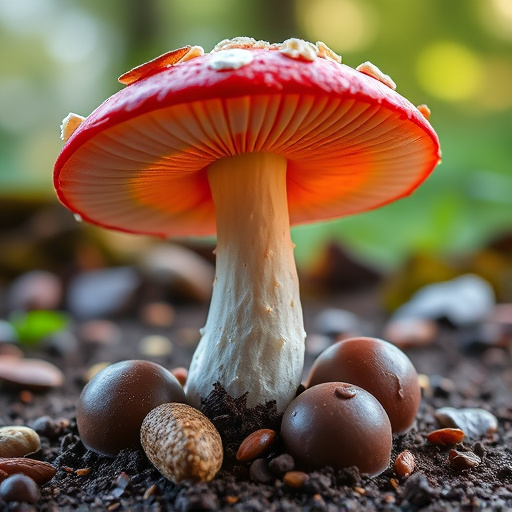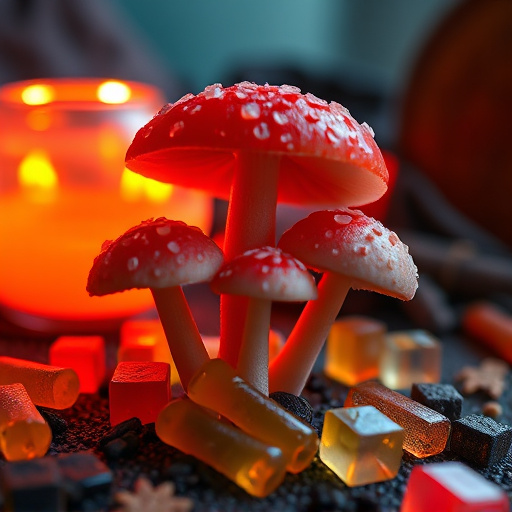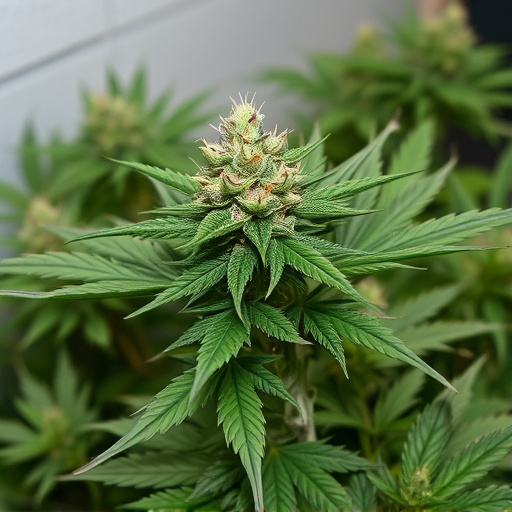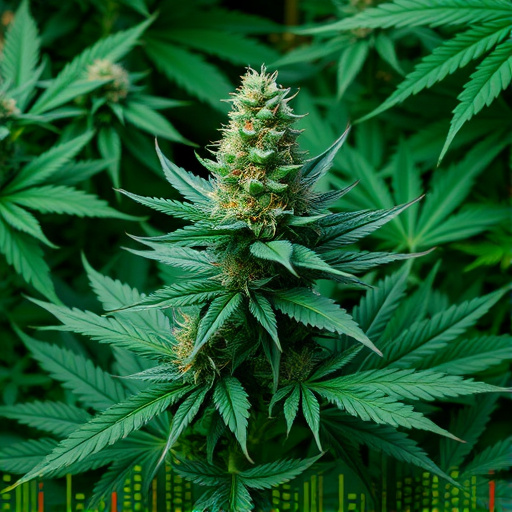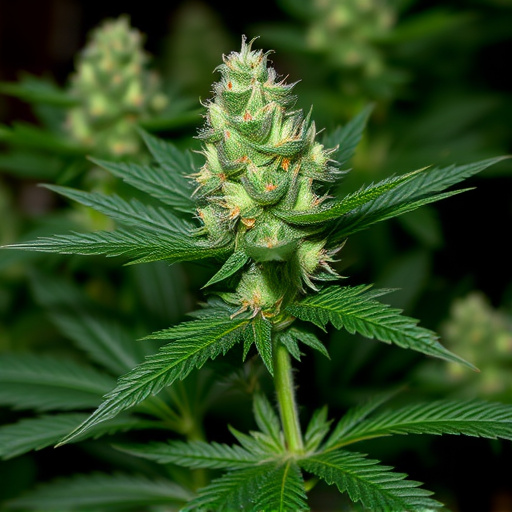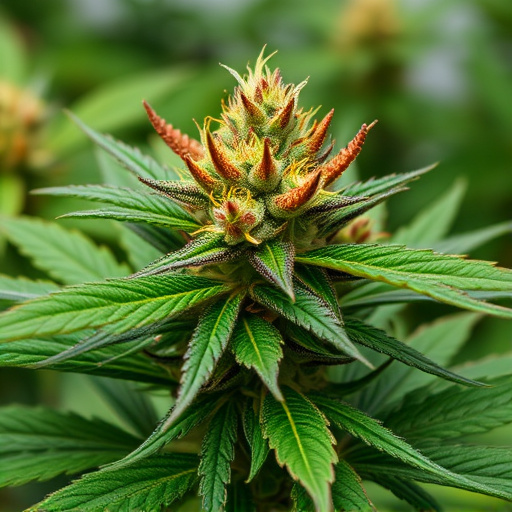The cultivation method for OG Indica strains—indoor vs outdoor—significantly affects final product characteristics. Indoor growing offers precise control over temperature, humidity, and lighting, optimizing growth patterns and cannabinoid content like THC or CBD. Outdoor growing relies on natural sunlight, leading to variable terpene profiles and potential lower yields but robust stems and dense flowers. Choice depends on local regulations, desired strain traits, and grower expertise; both methods have unique benefits and impact final product quality for OG Indica strains.
Discover the intriguing differences between indoor and outdoor-grown cannabis flowers, focusing on OG Indica strains. Growing conditions play a pivotal role in shaping plant characteristics and cannabinoid profiles. Indoors, growers can precisely control factors like light, temperature, and humidity, leading to optimal plant development. Outdoors, cannabis thrives under natural sunlight, fostering unique environmental interactions that influence THC, CBD, and terpene content. Explore how these variations contribute to the distinct traits of OG Indica strains, providing a deeper understanding of cultivation practices and their impact on final product quality.
- Growing Conditions and Environmental Factors
- – Comparison of indoor vs outdoor growing environments
- – Impact on plant development and cannabinoid profiles
Growing Conditions and Environmental Factors
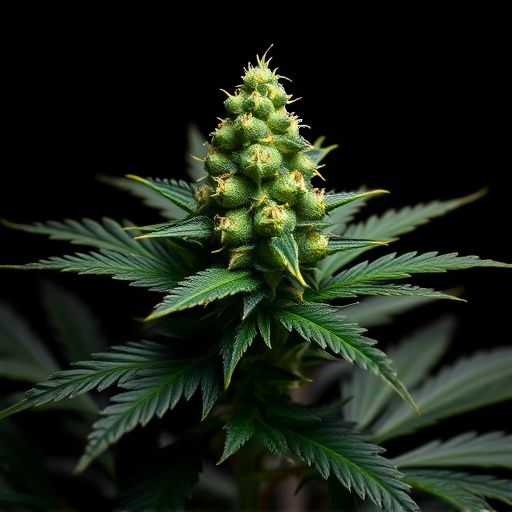
The environmental conditions under which cannabis plants are grown play a significant role in shaping their final characteristics, particularly for distinct strains like OG Indica. Indoor growing involves controlled environments with precise temperature, humidity, and lighting regulation. Growers can optimize these factors to promote specific growth patterns, leading to flowers with unique terpenes and potentially higher levels of certain cannabinoids. In contrast, outdoor cannabis cultivation relies on natural sunlight, which varies in intensity and duration throughout the seasons.
Outdoor conditions introduce variables like temperature fluctuations, wind, rain, and varying light exposure. These elements can contribute to a broader range of terpene profiles and potentially lower yields but often result in plants with robust stems and dense, sticky flowers. The choice between indoor and outdoor cultivation depends on various factors, including local regulations, the desired strain characteristics, and the grower’s expertise, each influencing the final product, whether it’s a potent OG Indica or another variety.
– Comparison of indoor vs outdoor growing environments
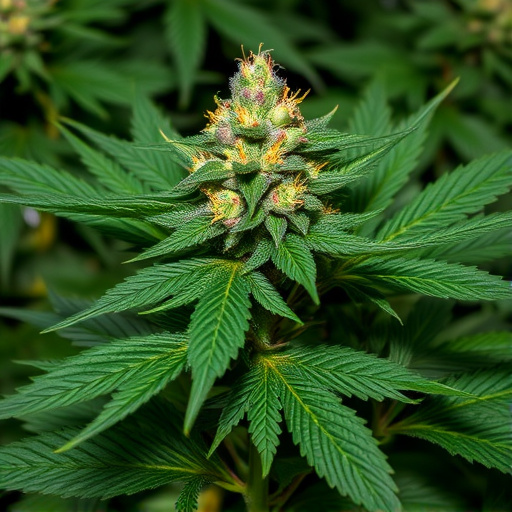
The choice between indoor and outdoor cannabis cultivation depends on various factors, each offering unique advantages and considerations for growers. Outdoor environments provide a natural setting where plants can benefit from sunlight, fresh air, and often richer soil. This method is particularly suitable for OG Indica strains, known for their robust nature and ability to thrive in milder climates. However, outdoor growing exposes cannabis to potential pests, diseases, and unpredictable weather conditions that might affect quality and yield.
In contrast, indoor cultivation offers controlled environments where growers can precisely regulate temperature, humidity, light cycles, and nutrition. This allows for year-round growing and the cultivation of specific strains, including rare or unique OG Indica varieties. While indoor setups may require more investment in equipment, they provide consistent results, higher yield potential per square foot, and protection from external factors, making them ideal for commercial operations and growers aiming for consistent quality.
– Impact on plant development and cannabinoid profiles
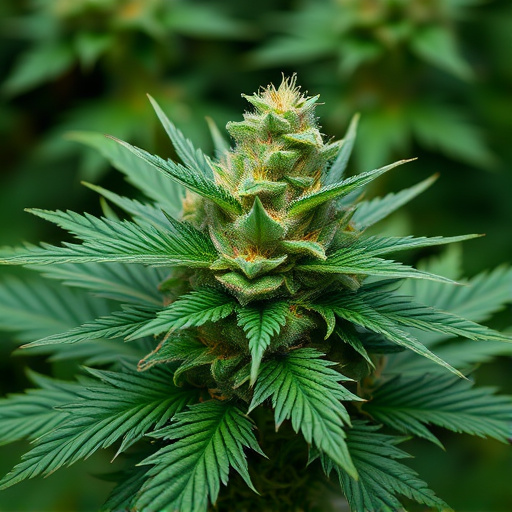
The environment in which cannabis plants are grown significantly influences their development and the cannabinoid profiles they accumulate. Indoor cultivation offers precise control over factors like light spectrum, temperature, humidity, and nutrient delivery, allowing for optimized plant growth and targeted cannabinoid production. This is particularly beneficial for cultivating specific strains known for their unique therapeutic properties, such as OG Indica strains, which are prized for their potent CBD or THC content.
In contrast, outdoor cultivation allows plants to interact with natural light cycles, providing a more complex environment that can lead to varied cannabinoid expressions. Outdoor conditions also expose the plants to varying temperatures and humidity levels, which can result in different physical characteristics and terpene profiles. While this natural variability can produce desirable effects, it may not be as consistent or predictable as indoor cultivation, making it less suitable for precise cultivation of specific cannabinoid profiles like those found in OG Indica strains.
In conclusion, understanding the difference between indoor and outdoor cannabis flower is key for cultivators and consumers alike. The unique characteristics of each growing environment significantly impact plant development and cannabinoid profiles, offering distinct experiences for OG Indica strains. Whether through controlled indoor conditions or natural outdoor settings, the optimal growing method depends on desired traits and market demand. By recognizing these variations, cannabis enthusiasts can make informed choices, appreciating the nuanced differences that contribute to the rich tapestry of this remarkable plant.



